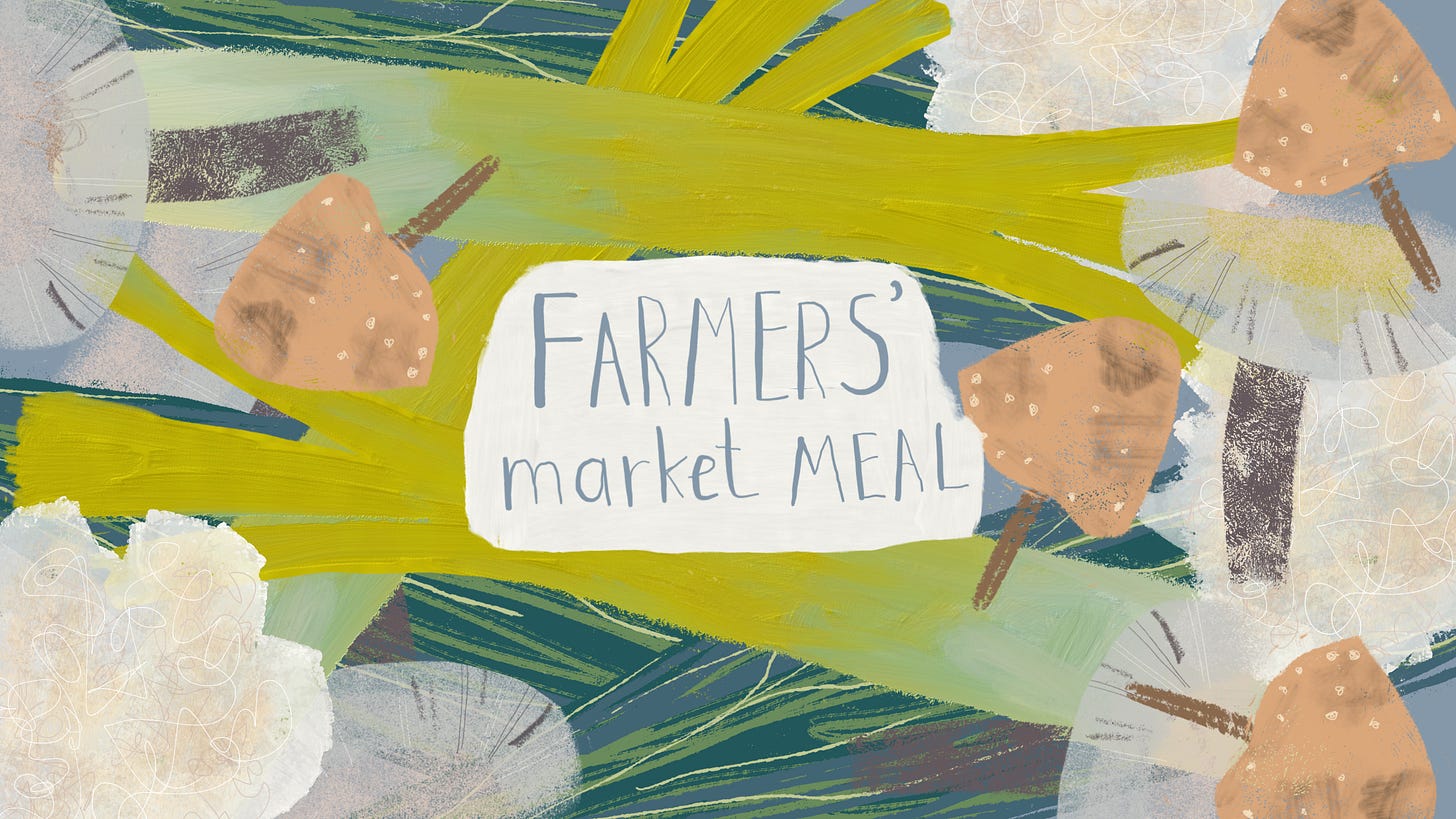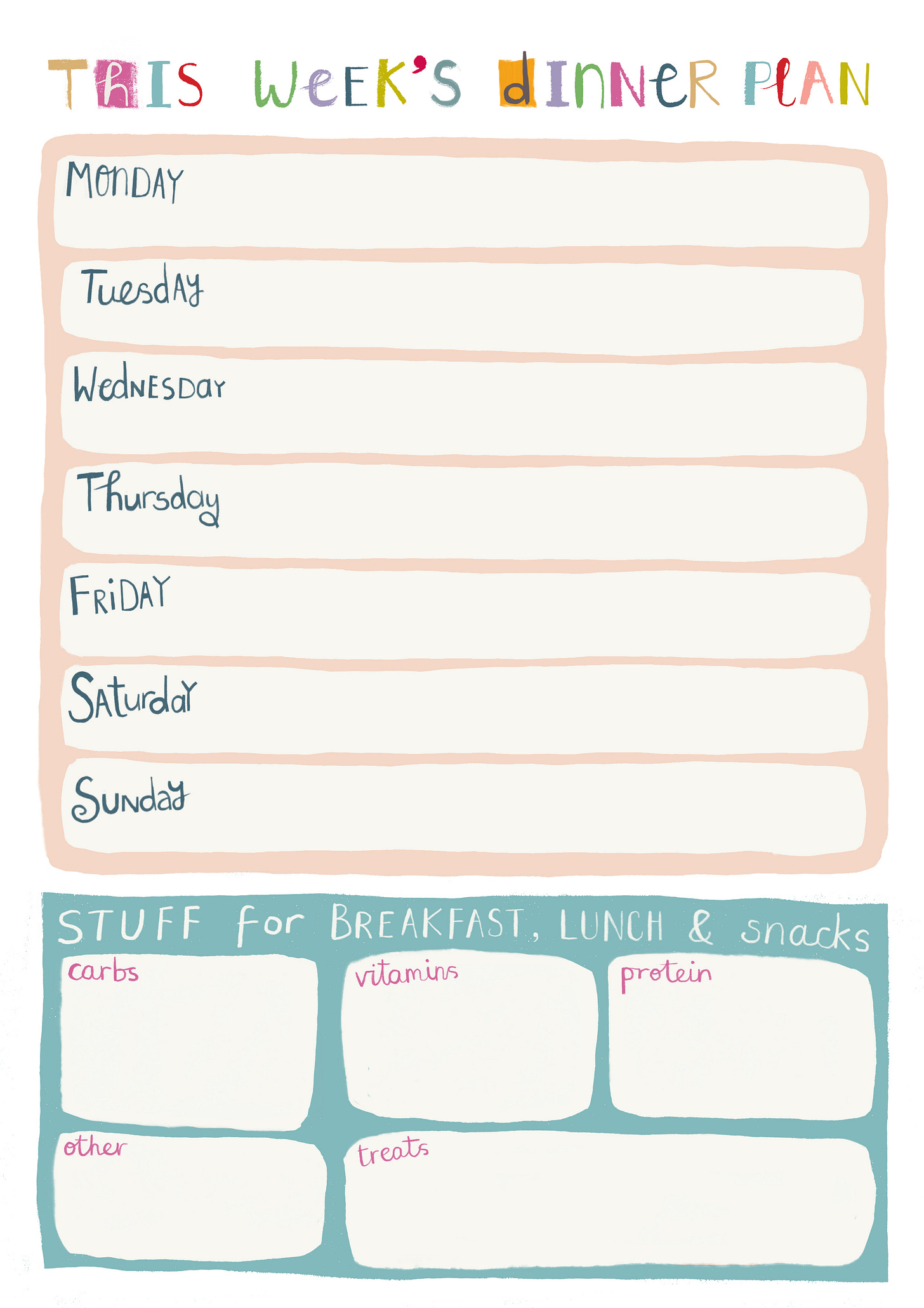I didn’t make it to the farmers’ market this weekend. I needed the morning lounging sofa time a bit more than the buzz of the farmers market. I will be going this coming Saturday, though, because (a) we need olive oil (that comes from the other market, not the local farmers’ market, incidentally, because, unsurprisingly, there are no olive groves around here in the South West of England) and (b) I’ll be away the weekend after that.
But last week I did make a really really nice meal, mostly using ingredients I had picked up at the farmers’ market the week before. And I enjoyed it so much I thought I would share it with all of you, rather than keeping it back for one of the printable recipes that just go out to paid subscribers.
Leek and Cavolo Nero Pasta with Mushroom Tamarind Reduction
This is a rough estimate of what I put in and rough quantities. I made this meal once, so it’s not tested and I am not sure what you would substitute for the stock cubes if you don’t have access to them, I’m afraid.
Pasta sauce
Cavolo nero (I had a largish bunch)
Leeks (I had three medium sized leeks)
Olive oil (I probably used three or four tablespoons – I am very generous with the olive oil, even at the current high prices)
Soy cream (I used Alpro single soy cream and I used 2× 250ml cartons)
Small amount of vegetable stock (I used a heaped tsp of Marigold bouillon powder in about half a mug of hot water)
Ground almonds (I put the rest of the jar in – I am not sure how much that was, but probably a couple of tablespoons)
Nutritional yeast (I scrunched up about two ‘handfuls’ – oh, and I usually use Marigold nutritional yeast; i.e. same brand as the bouillon powder)
Mushroom reduction
Mushrooms (whatever you have – I had about two thirds of a box of the wonderful mushrooms from the farmers’ market, made by Slad Valley Mushrooms, so there was some lion’s mane, some grey oyster and some speckled chestnut)
1 onion
1 French onion stock cube (Kallo)
1 Mushroom stock cube (Kallo)
About 200 ml boiling water
1 teaspoon of tamarind paste (we have the one made by Thai Taste, which is vegan)
Juice of 2 limes
I cut up all the ingredients in advance and put them in separate bowls, ready to add at different points, because there’s a lot of chopping to do and there would be a risk of things burning if you did while cooking.
I used the thick stalk in the middle of the cavolo nero leaves, keeping that separate and cutting it up so it was very finely diced, then I shredded the leaves and cut them quite small, too, and put them in a different bowl.
I also diced the leeks very fine.
And the mushrooms – if you love finely dicing vegetables, like I do, this will be lovely mindful cooking experience for you; if you don’t, sorry.
And, you guessed it, finely dice the onion!
Once it’s all ready, get one large sauté pan for the pasta sauce and a smaller pan for the mushroom reduction and add a few tablespoons of olive oil to the pasta sauce pan, but not to the mushroom pan and turn them onto a medium to high heat.
Add the mushrooms to the mushroom pan and dry fry them for a few minutes until you start to see them shrinking a bit, then add a glug of olive oil (probably around one tablespoon) and cook for a few more minutes.
Meanwhile add the cavolo nero stalks to the pasta sauce pan and cook them on their own for a few minutes.
While they’re both cooking, boil the kettle for you stocks - about half a mug of hot water and the bouillon powder for the pasta sauce and about 200 ml (that’s actually probably about the same quantity!) for the mushroom and onion stock cubes and give them a good stir so they’re ready for a bit later.
Now add the leeks to the pasta sauce pan and add the onion and cook for maybe five minutes.
At that point, add the cavolo nero leaves to the pasta sauce pan and add the stock to the mushroom pan. Cook for another five minutes or so.
Add the soy cream and bouillon stock to the pasta sauce and turn the heat down to a gentle simmer.
Add the tamarind paste and lime juice to the mushrooms and keep the heat fairly high. You’re looking to reduce the liquid and concentrate the bitter tartness of the tamarind and lime juice down with the salt from the stock cubes.
Add the ground almonds and nutritional yeast to the pasta sauce. Give it a taste and you may want to add some additional salt at this point, but don’t go as heavy on the salt as you normally would, because you’re going to get a bit hit of that from the mushroom reduction.
Pop a pan of water on to boil (we have a new induction cooker that heats water up really fast – you might actually want to put the water on to boil earlier, if you’re cooking on something different).
Cook the pasta according to the instructions (I used a long mafalda - so it’s quite thick, a bit like pappardelle, but with a crinkle to it, which felt appropriate to go with the crinkly cavolo nero; pappardelle or tagliatelle would also work well; as would linguine or spaghetti, but the bigger flatter pastas are probably ideal).
Reserve about half a cup of pasta water, before draining it and mixing it in with the pasta sauce and some of the reserved pasta water (the pasta water helps the sauce to stick to the pasta better – I believe it’s something to do with the starch, but I do know that it works very well with creamy sauces like this).
Serve with the pasta on a plate or in a pasta bowl topped with a few spoonfuls of the mushroom reduction. (You can also have serve the mushroom reduction on the side or just on the table for people to help themselves to – especially have you any strange people who hate mushrooms; I used to be one of those, so sad for those wasted decades!)
The original plan for this was to do it as a lasagne, and I think I will try that one day. But it would need considerably more mushrooms. And then I’d have two creamy cavolo nero layers and two mushroom layers, and I think it would probably need lasagne sheets to be par-cooked before putting it together, or even one of those lasagnes where you fully boil the lasagne sheets and compile the lasagne after cooking everything and it doesn’t go in the oven at all. (This is all completely theoretical. If you try it before me, please do tell me how it goes.)
I can literally taste it while I’m writing this. I honestly think this was the best new dish I have made in a very long time. (Though I have spent far too long not making new dishes and just serving up things the kids will eat, so that doesn’t necessarily mean anything.) There’s a very good chance that it won’t be as nice the next time I make it. Because that happens. Though I’m hoping that documenting it here will help, because I can come back to it for a reminder.
The fun of coming up with something with ingredients you have, rather than planning in advance and ordering what you need was joyful, too. It was a bit of call back to the days when we would get a veg box delivered and I used to have fun coming up with meals based on whatever was in it. But it became harder and harder to do so and have the kids eat what was put in front of them (due to normal developmental taste changes – our kids are not overly fussy and eat quite a good selection of healthy food, as well as a fair selection of junk).
As always, please let me know if you try this recipe out! I am not a professional cook or food writer. I’m just sharing stuff that I cook at home, so feedback is really useful.
Tonight we are eating out at a newly opened restaurant, Juliet, that looks like it will be very fancy. It’s my birthday, and it opened this week, so we thought we’d take the opportunity before it gets too busy.
I wanted to paywall this and just put the printable behind the paywall, but it seems that’s not possible. I didn’t want this to be a paywall post that happens to have lots of bits before the paywall (like last week’s). [Note to Substack, make more options available in terms of hiding paywalled content and still allow non-paid subscribers to comment?]
This was supposed to just be for paid subscribers, to make up for missing out on the September Veg Letter, due to holidays and overwork, So, thanks to Substack’s paywalling structure, you all get to have this printable meal planner.
I was hoping to have printed out and used to do our own meal planning to show you, too, but I haven’t. Maybe I’ll manage it next week.












"I can literally taste it while I’m writing this." - Always the bestest sign! 😁
And what a great meal planner design—a lot more joyful than standard planner looks tend to be. Goes with the range of colourful fruits and veggies in the scrumptious meals. 🎨
This sounds delicious, can't wait to try it!